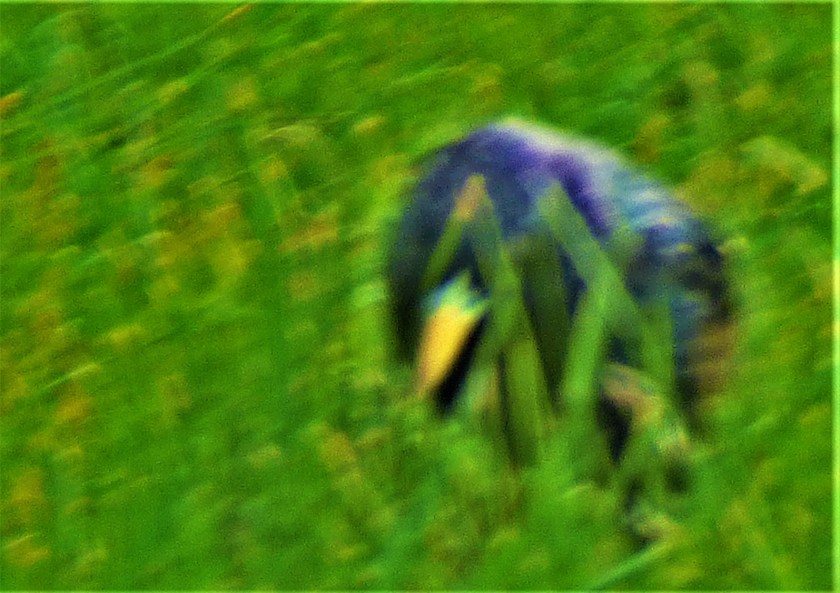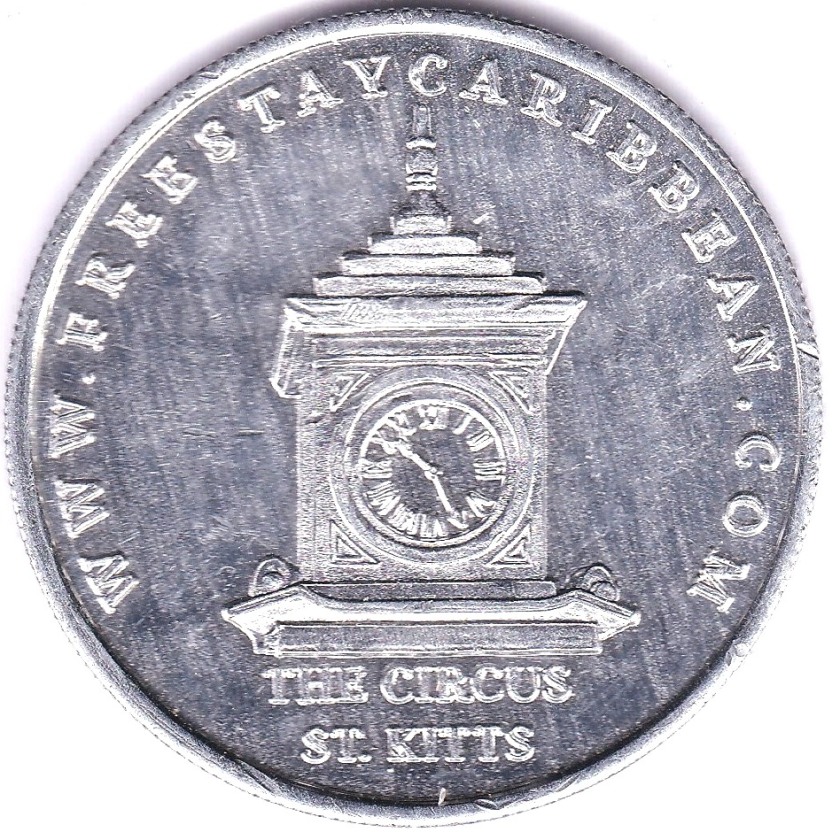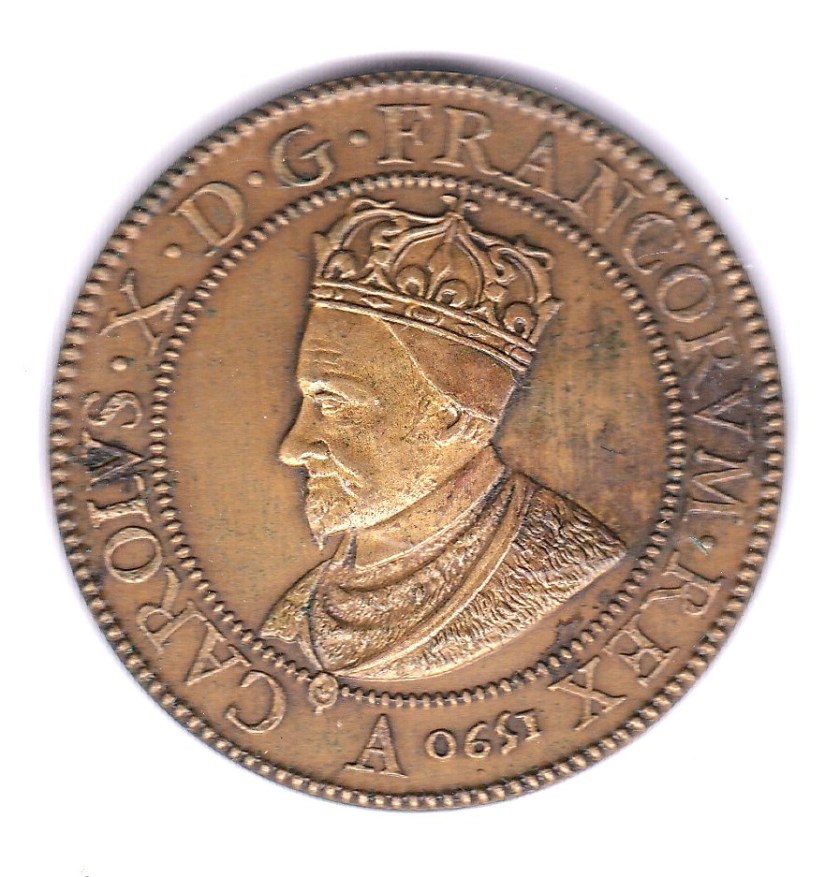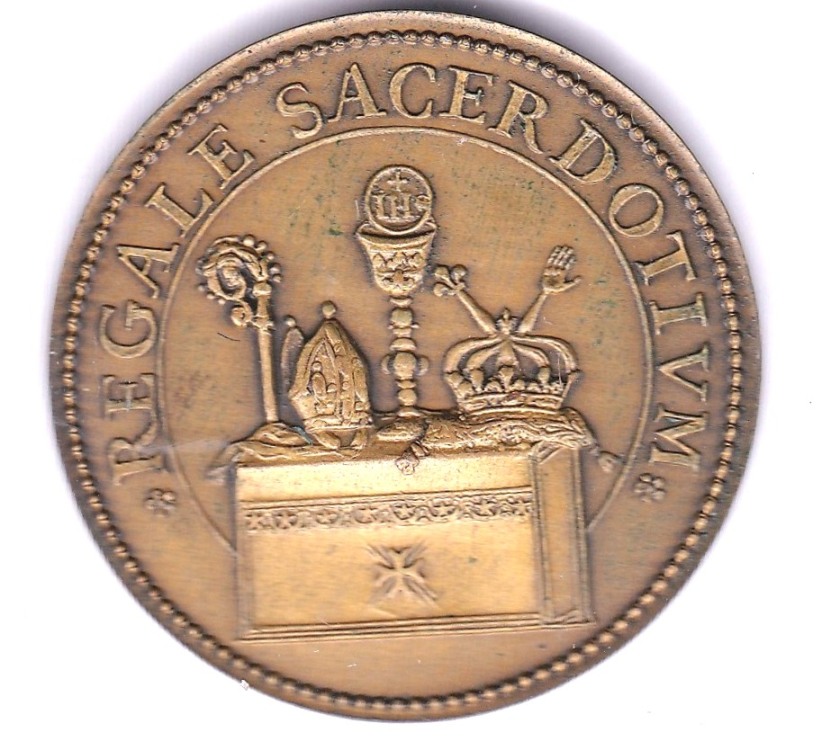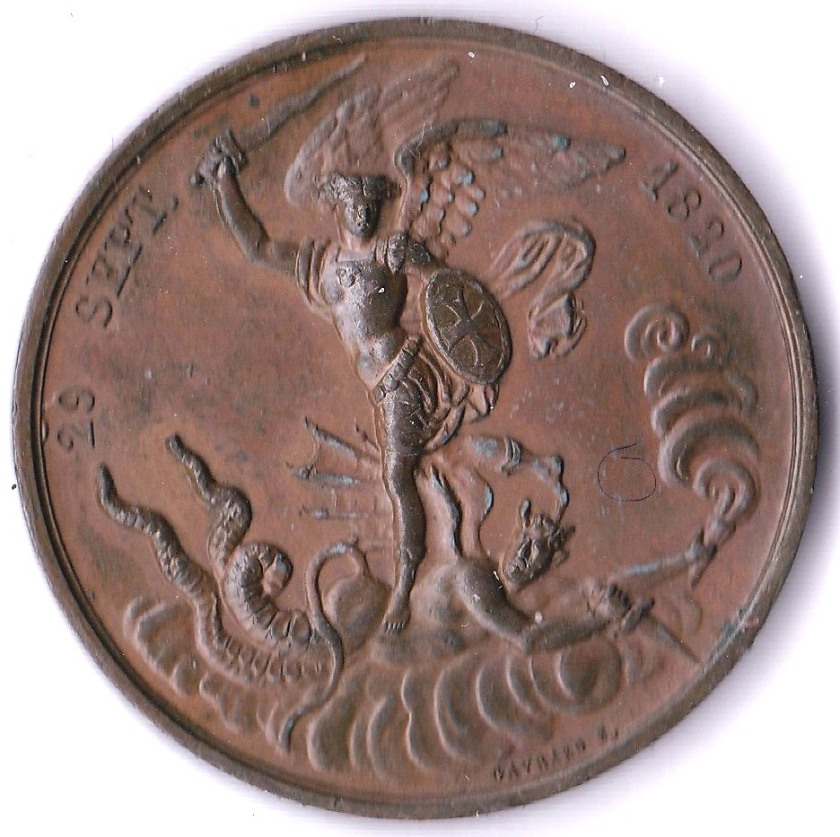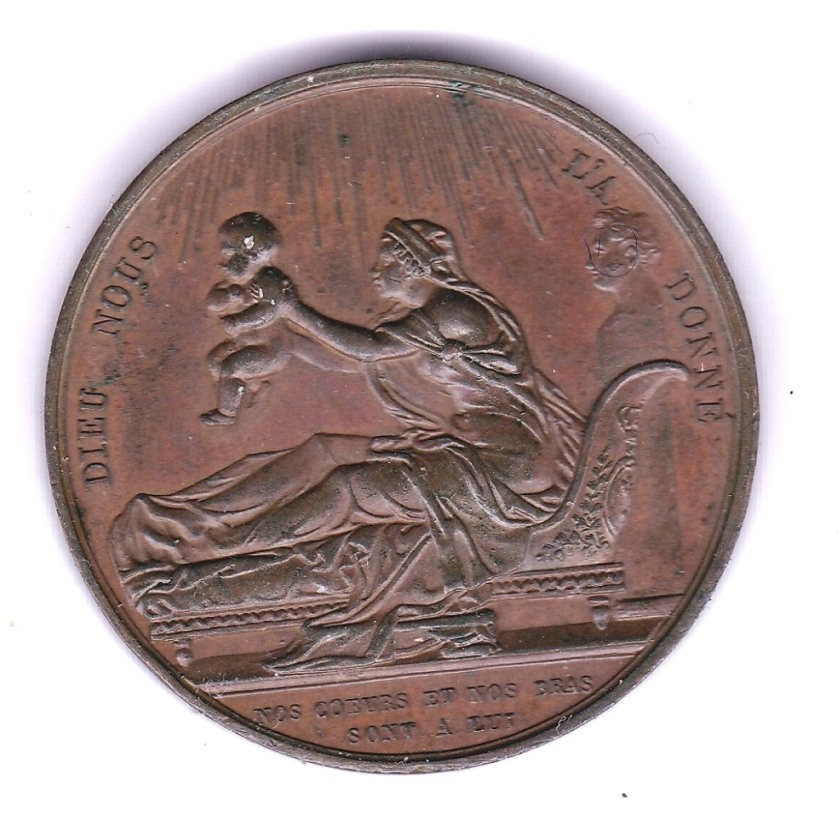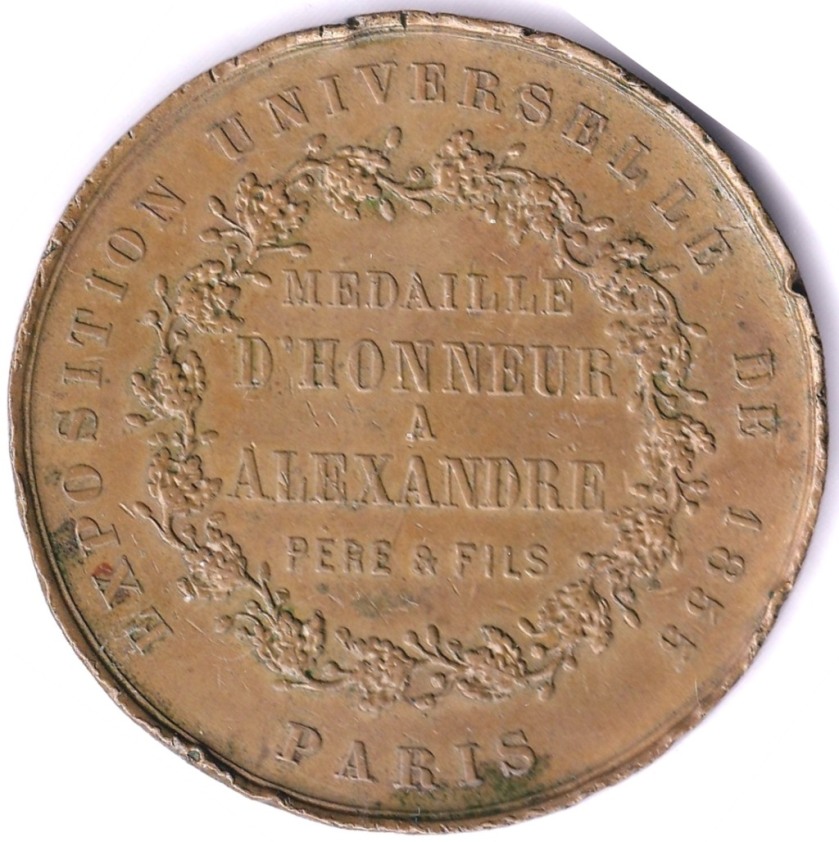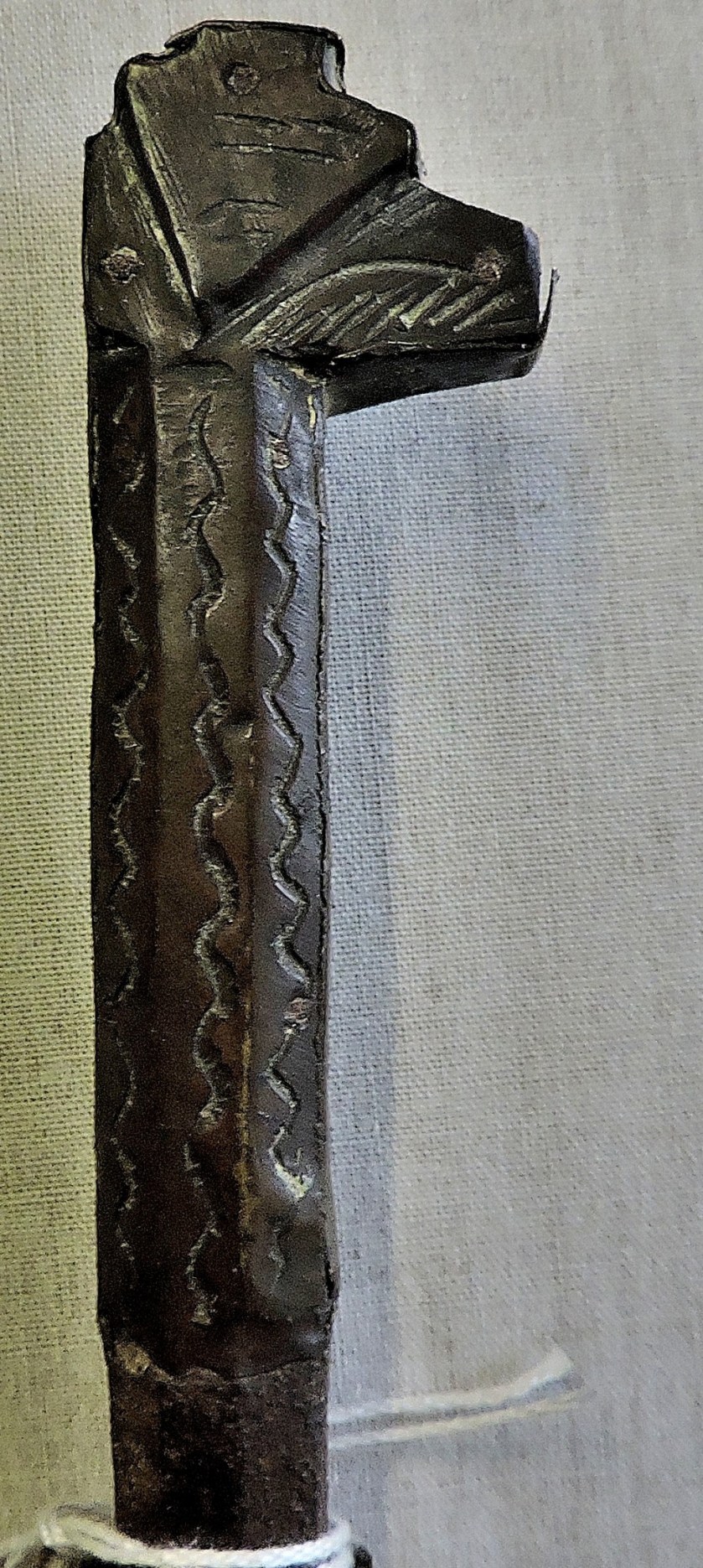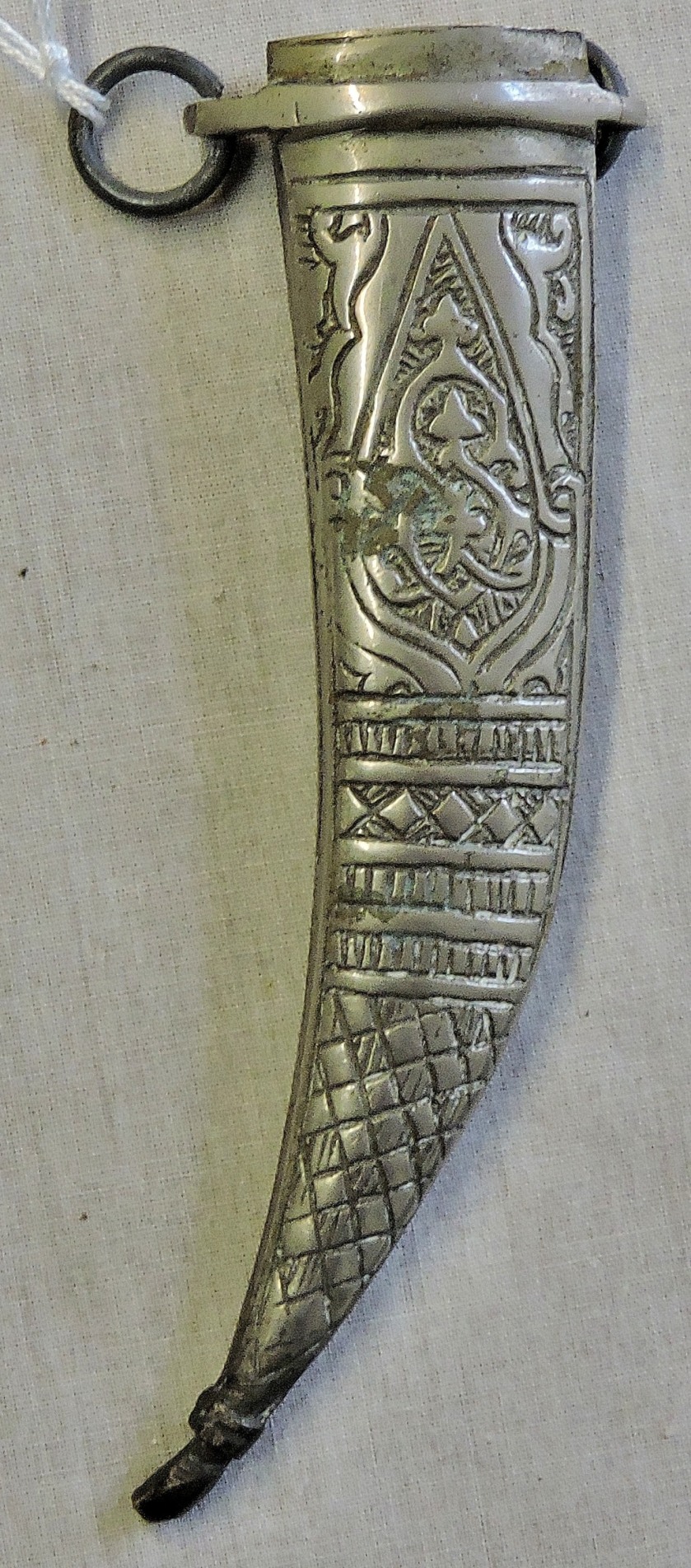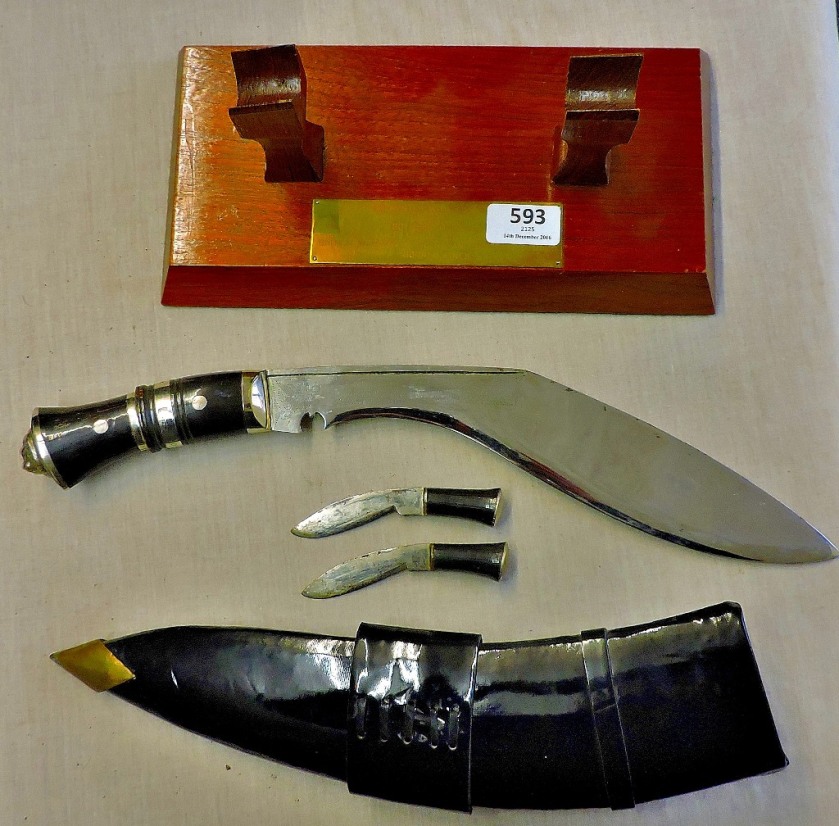INTRODUCTION
Welcome to the latest post in my “All Time XIs” series. This post marks the end of the beginning of the series, as it completes the set of 18 first class counties. Durham has posed difficulties caused by no other county for reasons I shall go into after introducing my XI. Tomorrow’s post, the first in the next stage of this series, will be very different indeed.
DURHAM ALL TIME XI
- Mark Stoneman – a reliable county pro who was exposed as being out of his depth at the highest level. He left Durham for Surrey, where he still plays.
- Keaton Jennings – unlike Stoneman he did manage to reach three figures at test level, but this achievement should not conceal the fact that he also was not good enough at the highest level. He, like Stoneman, headed for pastures new, in his case Lancashire.
- Michael Di Venuto – a rare example of me making a batter my overseas pick. He had an excellent domestic record without ever attracting the attention of the Australian selectors. As well as Durham he played for Derbyshire.
- Paul Collingwood – a man who made the absolute most of his talents, which as well as his gritty middle order batting included being a world class fielder and an occasionally useful medium paced bowler. He amassed 10 test centuries, with a highest of 206 at Adelaide in 2006 – a match the England ended up losing, in part because in his second innings Collingwood adopted too purely defensive an approach, meaning that Australia’s eventual chase contained no element of time pressure. Similarly his fighting innings at Cardiff in 2009 nearly led to disaster for the same reason – his passivity at the crease meant that England were still in arrears when he was ninth out leaving Anderson and Panesar to battle hard to secure the draw. Nevertheless, his record makes its own case on his behalf.
- +Phil Mustard – a good middle order batter and a fine wicket keeper.
- Ben Stokes – attacking left handed bat and right arm fast bowler (like Stan Nichols, Essex), a genuine 22 carat gold all rounder. His highest score was 258 against South Africa, but his two most iconic innings were both played in 2019. In the World Cup final at Lord’s his 84 hauled England out of what had looked like an impossible situation to tie the match and take it to a super over in which he then batted along with Jos Buttler (Somerset and Lancashire). The super over was tied, leaving England ahead on boundary count and lifting the World Cup. Then, in the test match at Headingley later that year (I am currently listening to a replay of the commentary on that match as I type this) after England had been bowled out for 67 in the first innings and were set 359 in the second innings he delivered an extraordinary performance. England lost their ninth wicket at 283, bringing Jack Leach (Somerset) in to join Stokes with 76 needed, and it was then that Stokes turned a good innings into the stuff of legends. By the time the winning run was scored Leach was on 1 not out, Stokes 135 not out having scored all bar one of that last wicket partnership. A third extraordinary display from Stokes in the calendar year came in South Africa when Dominic Sibley (Warwickshire) was heading towards a maiden test century, and England needed to increase the tempo for a declaration. Leaving Sibley to go steadily on Stokes blasted 72 off 47 balls to attend to the matter of upping the run rate. South Africa staged a typically defiant rearguard action in the final innings of the game but not quite hold out and England won a well merited victory.
- Liam Trevaskis – one of two highly controversial picks which I shall explain in more detail in the next section of the post. His career has only just begun, but both his batting and his left arm spin hold out considerable promise for the future.
- Mark Wood – attacking lower order bat and right arm fast bowler. Wood, a slightly built chap of no more than average height, is quite capable of producing 150 kilometre per hour thunderbolts. He hails from the town of Ashington, and has emulated that town’s most famous former residents, Bobby and Jackie Charlton, by helping to win a world cup in his chosen sport. England always look more potent when he is part of the bowling attack, and although he and Jofra Archer (Sussex) have not yet both been fit and firing simultaneously I look forward to seeing and hearing it happen.
- *Danielle Hazell – off spinner and useful lower order bat. She, like Wood, has been part of a world cup winning combination. She is also as far as I am aware the only genuinely top class spinner her county has thus far produced, which is why I have selected her in this combination, the only female cricketer I have actually named in one of these XIs – though I have mentioned a couple of others (see Somerset and Nottinghamshire). After her playing days ended recently she has gone into coaching and is bidding fair to be a great success in that role as well (if Covid-19 does not number that tournament among its casualties she will be involved with the highly controversial Hundred – and while I make no secret of my, to put it politely, scepticism as to the virtues of this new creation I recognize that having a coaching role in it is a considerable feather in her cap). For more on possible roles for women playing alongside the men see this post from my ‘100 cricketers‘ series.
- Graham Onions – right arm fast medium, and at need an adhesive lower order batter. His accuracy will be an invaluable foil to the more spectacular bowlers who constitute the rest of the attack. Like Jennings he is now to be found in the Lancashire ranks, but it was as a Durham cricketer that he gained England recognition, and achieved most of his best bowling feats.
- Stephen Harmison – right arm fast bowler and attacking lower order bat. At his best (e.g when he took 7-12 against the West Indies in early 2004) he was as difficult a proposition as anyone. He was part of the 2005 Ashes winning attack – Justin Langer and Ricky Ponting had literal as well as metaphorical scars to show for their early encounters with him.
This team has a respectable top five one of whom is a good wicket keeper, a genuine X factor all rounder at six, two genuine speedsters and a high quality fast medium to back them up. It is unquestionably deficient in the spin department, with only Hazell’s off spin and the promise offered by Trevaskis’ left arm spin available.
DURHAM’S HISTORY
Durham was promoted to first class status only in 1992, and many did not think it a good move. In the early stages of their first class history Durham had a lot of veterans from other counties come in in an effort to stiffen them up. They opened a new ground at Chester-Le-Street with the stated ambition of staging test matches, something that they achieved for the first time in 2005. They did win two county championships, but their ambition proved larger than their wherewithal, and a few years ago they had to go to the England and Wales Cricket Board (ECB) for a bail out. The bail out came on harsh (possibly overly so) terms, with automatic relegation and a massive points deduction to start the following season. They are still trying to recover from this set back. Many fine cricketers hailed from this part of the world including Cecil Parkin (Lancashire), Tom Graveney (Gloucs and Worcestershire), Peter Willey (Leics and Northants) and Colin Milburn (Northants) among the cream of the crop, but save for pace bowlers and Paul Collingwood (with due respect to Messrs Stoneman, Jennings and Mustard) they have not as a first class county produced a great amount of talent. Even coming from someone as unconventional as me, the selection of Danielle Hazell is revealing as to how little they have produced in the way of spin bowling talent, as a in a different way is that of the youngster, Trevaskis.
OMISSIONS
Had Simon Brown, the first Durham player to be selected by England, been a yard or two quicker than he actually was then as a left arm pace bowler he would have been a shoo-in, but although I did consider selecting him in place of Onions his single experience of test cricket exposed both him, and the selectors who had picked him to play at that level – he managed one wicket in each innings, rarely looked remotely threatening and is a rare example of a ‘one cap wonder’ for whom I feel no sympathy. Melvyn Betts, who has a first class nine-for on his CV was a fine county bowler (he played for Warwickshire after starting with Durham) who gained no international recognition. Brydon Carse of the current team is on the fringes of the England set up, and James Weighell is building up an impressive record, though both his batting (average 24) and bowling (average 28) need some improvement before he can be rated really highly, and may yet get to play at a higher level. Had I been prepared to select a specialist fielder Gary Pratt, of whom Ricky Ponting will have fond memories, would have had a place. Also, I had to ignore the claims of a record breaker: wicket keeper Chris Scott perpetrated the drop that cost more runs than any other in first class history – he dropped Brian Lara (Warwickshire) when that worthy was on 18 and thereafter was a spectator while the Trinidadian went on to the world record 501 not out.
PHOTOGRAPHS
We have reached the end of our whistle stop tour (the world’s first passenger carrying railway line was the Stockton & Darlington, and one of the most famous of the early steam locos was Puffing Billy, which operated at Wylam Colliery, also in the North East) of Durham cricket, and so it remains only to provide my usual sign off…













